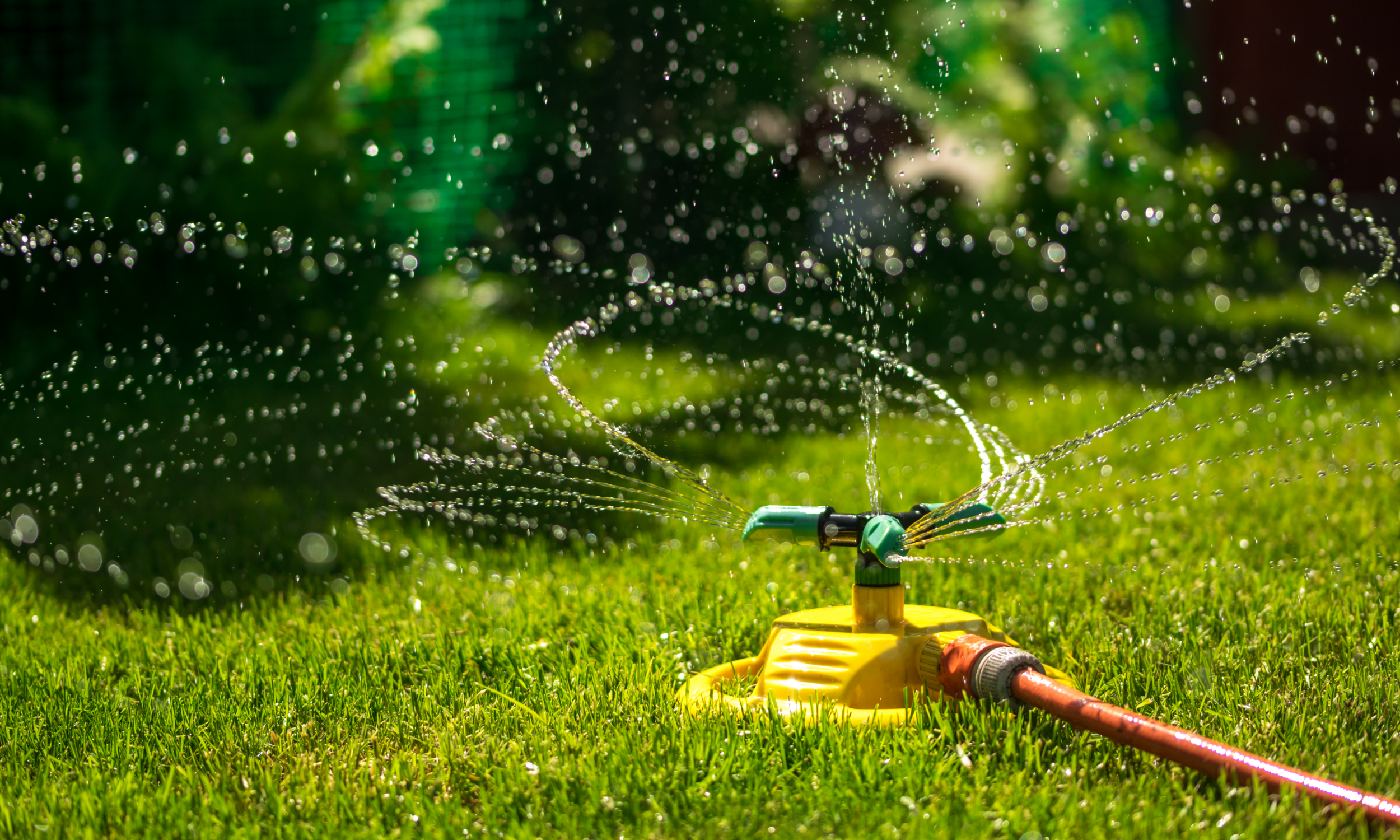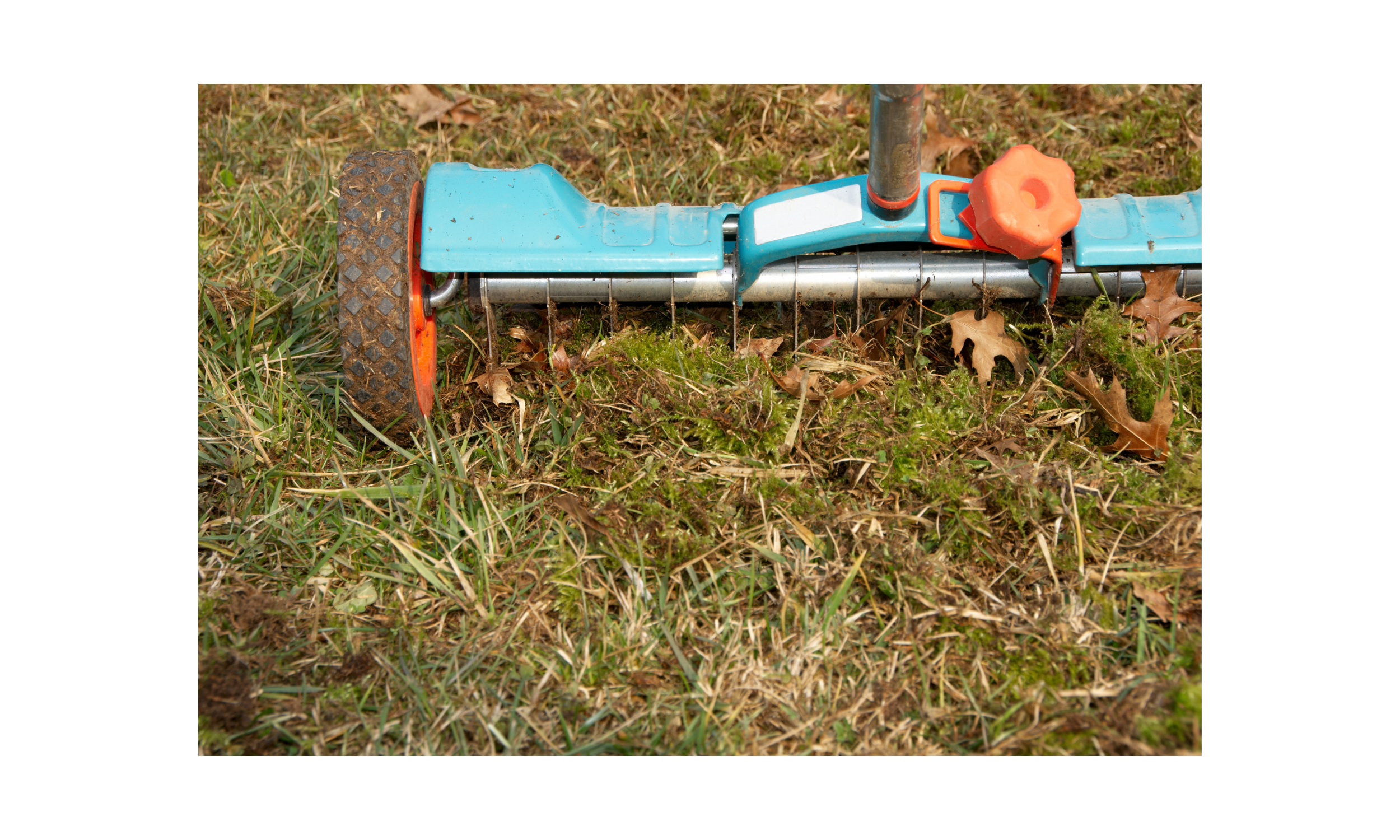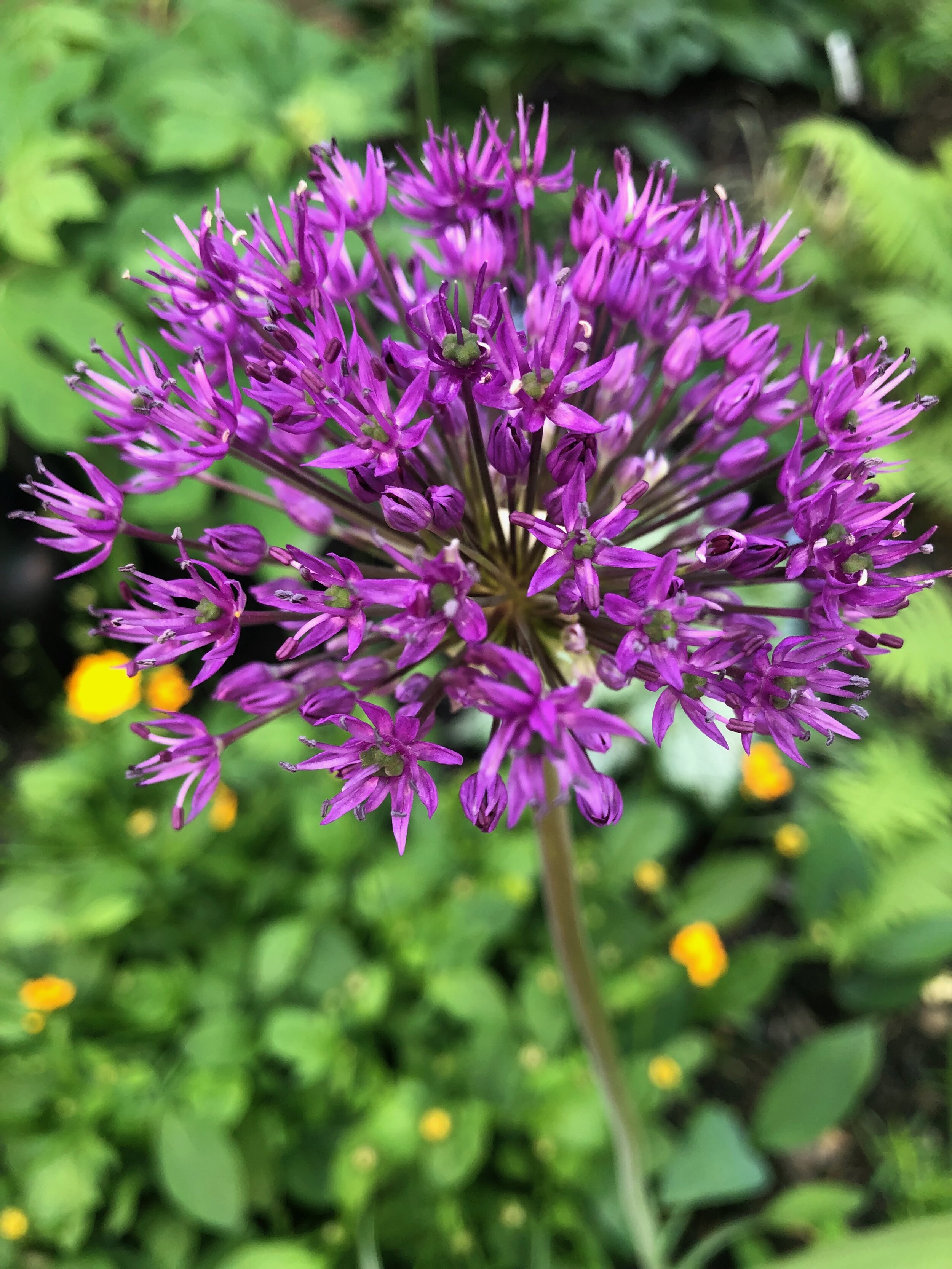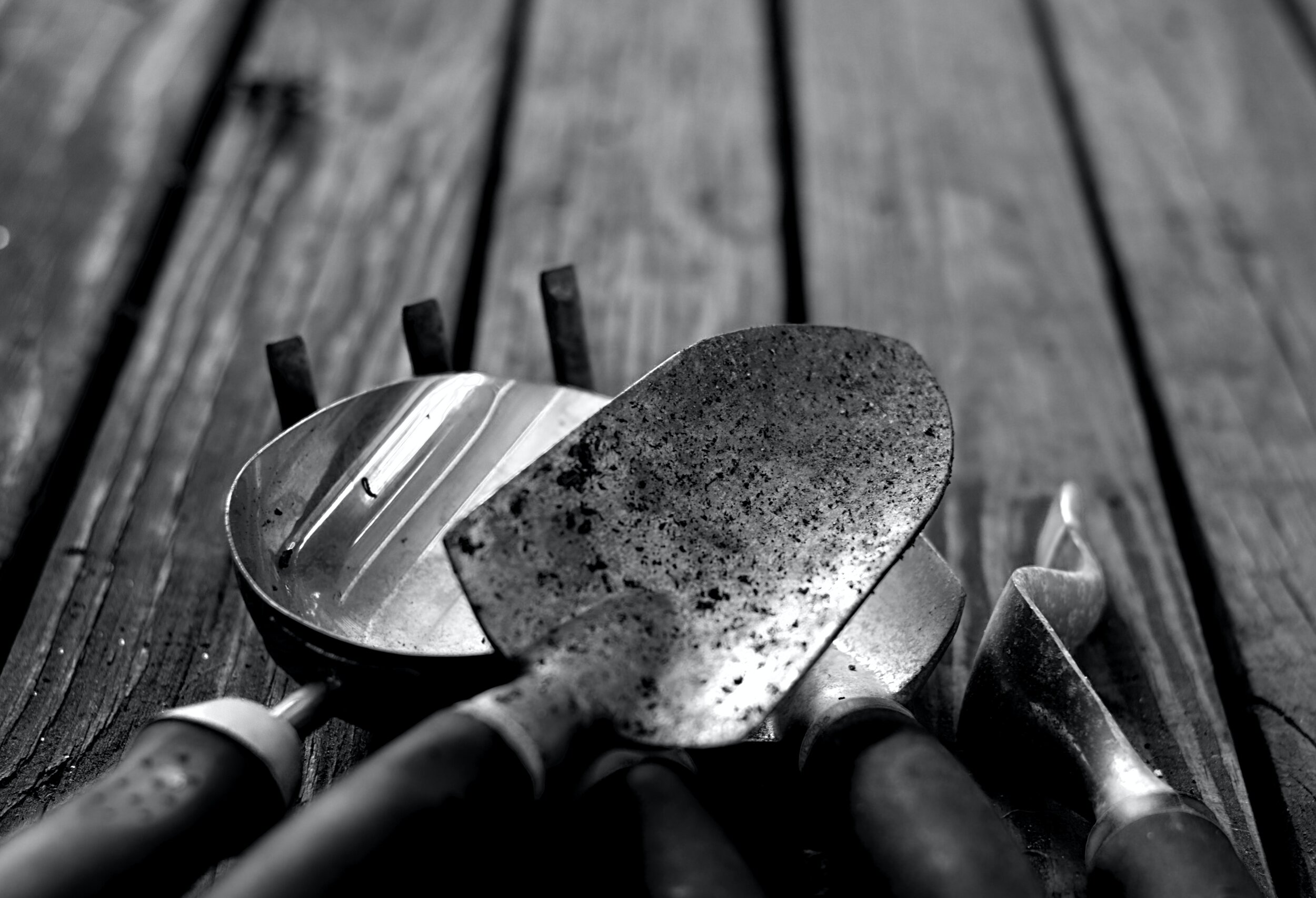A great yard in the spring and summer begins with prep work in the fall. The stress and heat of the summer can do real damage to your lawn, flower beds, shrubs, and trees. A little TLC now will make things healthy and beautiful in the spring. Here are the 9 To-Do’s to tackle before winter weather sets in:
- Keep mowing, but to the right height
Keep your mower handy for a while. Grass continues to grow up to the first hard frost, so it needs to be mowed regularly. It should be cut to an ideal height of 2 1/2- to 3-inches. If you let it get too high, it will mat and be susceptible to fungi like snow mold. Cutting grass too short is just as bad as it hurts the root system. The root depth is proportional to cutting height—and impedes the lawn’s ability to withstand winter cold and dryness.
2. Continue watering
While it’s true that there’s more rain, more dew, and less evaporation in the fall, it still may not be enough to keep the roots well hydrated and healthy going into the winter. If your lawn isn’t getting at least an inch of water a week then it’s best to water until the end of October.

3. Loosen the soil
Once every couple of years it’s a good idea to aerate your lawn. This wll help prevent the soil from becoming compacted and covered with thatch. Thatch stops water from reaching the soil. A core aerator corrects both problems by punching holes through that thatch and pulling up plugs of soil. It is best to aerate before fertilizing which will allow the fertilizer to get down close to the roots.

4. Fertilize
Just as the roots need water to survive the winter, they also benefit from a shot of the plant sugars that protect roots from freezing and give the entire plant the energy to bounce back in the spring. A late-fall application of a slow-release granular fertilizer is best. To find out what type & how much fertilizer to use check out the Virginia Dept of Conservation & Recreation’s “A Virginian’s Year-Round Guide to Yard Care”. Whether you want to use chemical or organic fertilizers both should be readily available at most hardware stores.
A soil test can tell you how much of each nutrient your lawn actually needs. Be careful to apply the fertilizer in the correct amount and keep away from waterways so you’re not allowing it to run off into the Chesapeake Bay watershed system.
5. Remove the leaves
A carpet of colorful autumn leaves may look nice and be fun to play in, but they can kill the grass if left unattended. Leaves block the light and trap moisture which can kill your grass and other plants. The best thing to do is to mow your leaves. Mow them to about dime-size pieces which will enable them to decompose and add nutrients to your soil. If there are too many leaves to mow rake them.
Even after the trees are bare, continue raking out the corners where the wind pile leaves up. If you leave them, come spring the grass underneath will be a soggy, decaying mat of dead grass. If you have space to compost them that’s a great way to repurpose the leaves and add nutrients back into your soil throughout the year.
6. Spread seed
Fall is the best time to overseed because the ground is still warm, moisture is more plentiful, nights are cool, and the sun is not too hot. The seeds need to be in contact with the soil, kept moist until they germinate, and be well enough established before it gets too cold. Be sure to have raked the leaves up before seeding.
If you want to get even more bang for your buck with seeding consider slice seeding. The major benefit of slice seeding is it provides direct seed-to-soil contact. You need to have good contact with the soil for the seed to germinate. Slice seeding slices into the soil with steel blades, creating furrows where the seed is then dropped into. You should be able to rent a slicer at Home Depot, Lowes or your local hardware store.
7. Plant bulbs and transplant perennials
Many of the spring-blooming bulbs are perennial and will multiply over the years. Tulips tend to not handle the warmer temperatures here and need to be replanted every year or two. Most spring bulbs come with instructions on when to plant in the fall but well before the ground freezes. This is also the best time to move spring-blooming plants as well as dividing the summer blooming plants. One of my favorite sources for bulbs is American Meadows and if you’re looking for an eye-popping bulb try adding some Alium (see pic below) to your gardening beds. It’s one of my favorites!
Be sure to water well until the ground freezes to give your plants a good, strong start. Looking for a way to expand your plants without breaking the bank? Find other neighbors who are gardeners and share plants. I’m happy to share some of mine if anyone is looking for some extra plants to add to your garden.

8. Clean Up Your Lawnmower and Other Yard Tools
Your lawnmower and other yard tools are probably dirty after a spring and summer of use. Don’t let that dirt and grime sit around all winter. Instead, clean and tune-up these tools so they will be ready for the next heavy work season. 3 in 1 oil is great for cleaning off the rust on tools that have been inadvertently left outside in the rain (I’m one of those folks!) Getting the blades sharpened on your lawnmower will be easier to have done now than in the spring when there’s a long list of people waiting to have the work done.

9. Trim Problem Bushes and Trees
Trimming trees and bushes that are rubbing up against your home or are hanging over the roof will prevent problems from happening. Also, be sure to remove any dead or dying branches before they can do damage. Even branches rubbing up against your roof can cause damage so make sure there’s nothing hanging over your roof.
Don’t go crazy, though. Trimming promotes new growth, so wait until your bushes and trees are truly dormant (after winter, early spring) to do your annual pruning
If you need help with any of these projects and need a referral, please let me know. I’m here to help you maintain and protect your home!
Hi, there!
I'm Nancy and I love helping homeowners who have outgrown their current home and are ready to buy a new home but don’t know where to start. Let me know how I can help you make your real estate dreams come true.
Let's Meet
Contact
703-919-0254
4040 Fairfax Dr. #10C
Arlington, VA 22203
nancy@sellbuylovenova.com
BS guide
FEATURED PROPERTIES
staged to Sell
All Articles
schedule your free consultation